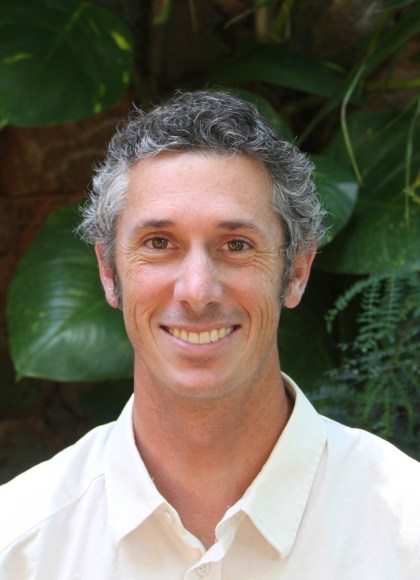A History of Religion in Hawaii

The Polynesian Hawaiians worshipped nature. They saw its forces manifested in a multiplicity of forms to which they ascribed godlike powers, and they based daily life on this animistic philosophy. Handpicked and specially trained storytellers chanted the exploits of the gods. These ancient tales, kept alive in a special oral tradition called mo‘olelo, were recited only by day. Entranced listeners encircled the chanter; in respect for the gods and in fear of their wrath, they were forbidden to move once the tale was begun.
Any object, animate or inanimate, could be a god. All could be infused with mana, especially a dead body or a respected ancestor. ‘Ohana had personal family gods called ‘aumakua on whom they called in times of danger or strife. There were children of gods called kupua who were thought to live among humans and were distinguished either for their beauty and strength or for their ugliness and terror. It was told that processions of dead ali‘i, called “Marchers of the Night,” wandered through the land of the living, and unless you were properly protected, it could mean death if they looked upon you. There were simple ghosts known as akua lapu who merely frightened people. Forests, waterfalls, trees, springs, and a thousand forms of nature were the manifestations of akua li‘i, “little spirits” who could be invoked at any time for help or protection. It made no difference who or what you were in old Hawaii; the gods were ever present, and they took a direct and active role in your life.
Newsletter Signup
By clicking ‘Sign Up,’ I acknowledge that I have read and agree to Hachette Book Group’s Privacy Policy and Terms of Use
Behind all of these beliefs was an innate sense of natural balance and order. It could be interpreted as positive-negative, yin-yang, life-death, or light-dark, the main idea being that everything had its opposite. The time of darkness when only the gods lived was po. When the great gods descended to the earth and created light, this was ao, and humanity was born. All of these mo‘olelo are part of The Kumulipo, the great chant that records the Hawaiian version of creation. From the time the gods descended and touched the earth at Ku Moku on Lana‘i, the genealogies were kept. Unlike in the Bible, these included the noble families of female as well as male ali‘i.
Ancient Hawaiians performed religious ceremonies at heiau, temples. The basic heiau was a masterfully built and fitted rectangular stone wall that varied in size from about as big as a basketball court to as big as a football field. Once the restraining outer walls were built, the interior was backfilled with smaller stones, and the top dressing was expertly laid and then rolled, perhaps with a log, to form a pavement-like surface. All that remains of Hawaii’s many heiau are the stone platforms or walls. The buildings on them, constructed in perishable wood, leaves, and grass, have long since disappeared.

The Hawaiian people worshipped gods who took the form of idols fashioned from wood, feathers, or stone. The eyes were made from shells, and until these were inlaid, the idol was dormant. The hair used was often human hair, and the arms and legs were usually flexed. The mouth was either gaping or formed a wide figure-eight lying on its side, and more likely than not was lined with glistening dog teeth. Small figures made of woven basketry were expertly covered with feathers. Red and yellow feathers were favorites, taken from specific birds by men whose only work was to roam the forests in search of them.
In the 1820s, missionaries brought Congregational Christianity and the “true path” to heaven to Hawaii, setting out to convert the pagan Hawaiians and “civilize” them. Catholics, Mormons, Adventists, Episcopalians, Unitarians, Christian Scientists, Lutherans, Baptists, Jehovah’s Witnesses, the Salvation Army, and every other major and minor denomination of Christianity that followed in their wake brought their own brand of enlightenment. Chinese and Japanese immigrants established major sects of Buddhism, Confucianism, Taoism, and Shintoism. Today, Allah is praised, the Torah is chanted in Jewish synagogues, and nirvana is available at a variety of Hindu temples, even the Church of Scientology is selling books and salvation.
Newsletter Signup
By clicking ‘Sign Up,’ I acknowledge that I have read and agree to Hachette Book Group’s Privacy Policy and Terms of Use
Pin it for Later


